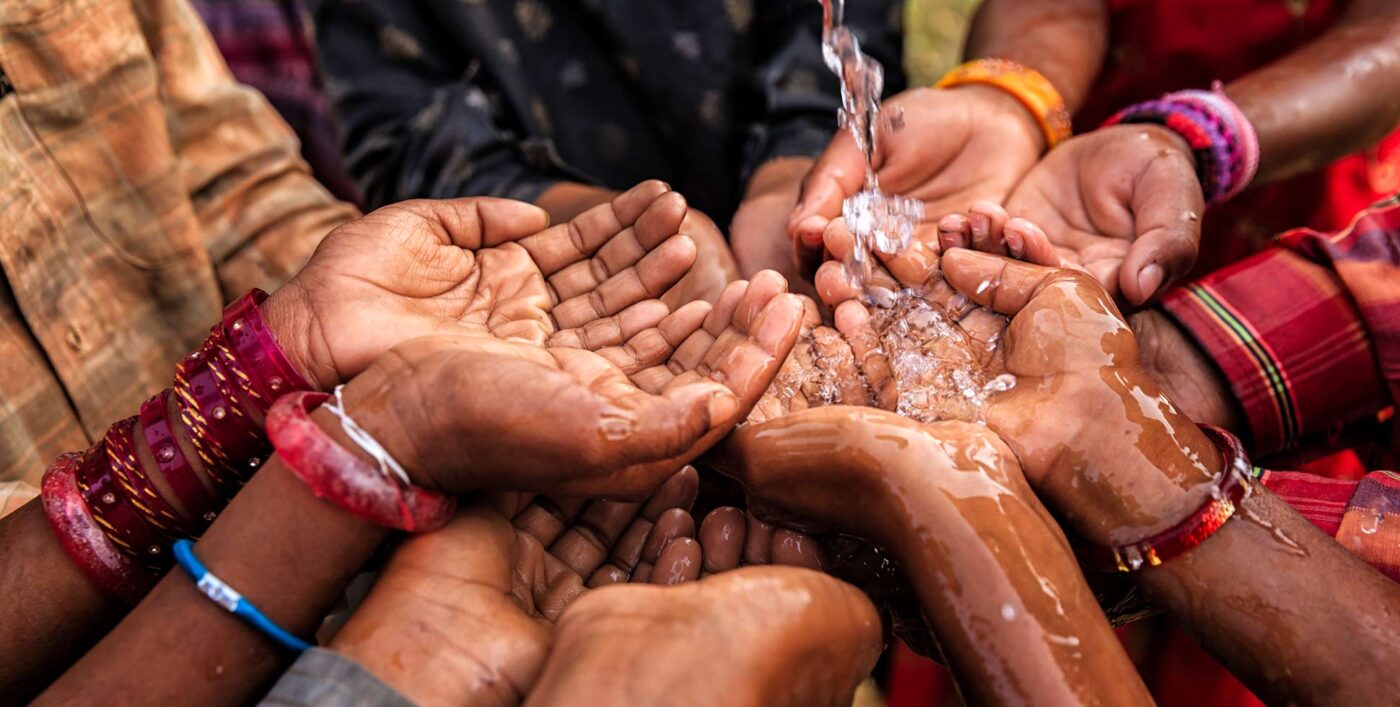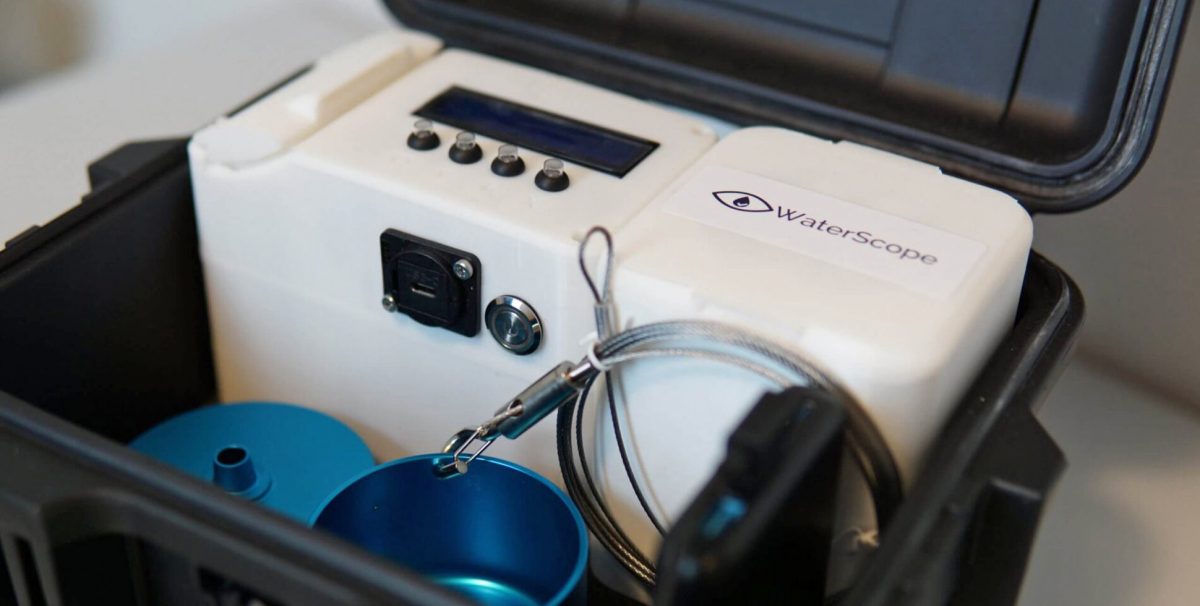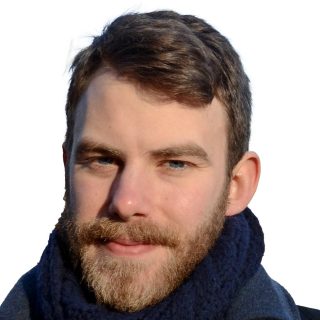WaterScope Tackles Water Poverty with AI

What do you do when you’re thirsty? For most of us, the question seems strange, almost bizarre – just go to the tap and pour yourself a glass of water. Yet for the 2.2 billion people worldwide who still lack access to clean, fresh drinking water, the answer is not so straightforward.
Access to clean drinking water should be a basic human right. Target 6.1 of the Sustainable Development Goals (‘Global Goals’) aims to achieve universal and equitable access to safe and affordable drinking water for all by 2030 – but there’s still a long way to go.
When you don’t have a reliable water supply piped straight to your kitchen, contamination is an ever-present risk. In fact, contaminated water is estimated to cause almost half a million diarrhoeal deaths each year, through the transmission of diseases such as cholera, dysentery, typhoid, and polio.
Contaminants can be introduced when water pressure is low or supply is interrupted, or simply during collection and storage. Testing the quality of your water becomes an essential part of daily life. And in remote, low-resource areas of the world, that’s not a straightforward process. It can mean expensive, bulky equipment that requires laboratory conditions, trained personnel – and a 24-hour wait to get results.
We aim to revolutionise that process, giving swift access to clean water through inexpensive, automated testing that can provide results on the same day.
Democratizing the water testing process with AI

WaterScope, like traditional water quality systems, filters the target water sample, allowing the residual bacteria to proliferate in a growth medium. But while existing solutions require analysis by skilled technicians in the lab, WaterScope lets anyone perform accurate testing directly in the field using endpoint AI, reducing cost and democratising access.
So how does it work? A specially designed cartridge enables the collection of lab-standard samples. (This is currently disposable, but we’re investigating more sustainable options, and field sterilisation solutions, as I write.) Using vacuum filtration, which is simple and fast, the sample is filtered and then placed in a portable incubator to allow the bacteria to grow.
A microscope embedded within the system uses an Arm-based Raspberry Pi 3 B+, a Raspberry Pi High-Quality Camera and artificial intelligence (AI) software, with machine learning (ML) algorithms trained on images of bacteria colonies to identify and count early bacterial growth. This endpoint AI device then reports results, giving a reading of bacteria per 100ml, as well as identifying whether any bacteria present is an E. coli or another coliform.
Crucially, the endpoint AI device is battery powered, and can be charged using a solar panel. No internet connectivity is required, but data can be sent to a central hub once a connection is available. An optional Android app provides further breakdown of the data, categorising the risk and allowing the user to view images of the sample.
Big-picture benefits of water testing
In many countries, such as the UK, water companies test over 200 sites per day. But in remote areas of developing countries, testing may be undertaken as little as once a year—making it almost impossible to garner a clear picture of water quality across regions.
As part of the support from the Arm Innovator program, we’re now working to incorporate IoT connectivity into WaterScope, to allow for automatic upload and aggregation of data. WaterScope co-founder Sammy Mahdi is coordinating this development stream, and progress has been rapid. We’re currently testing the Huawei E3372-LTE, a compact and user-friendly 4G Wi-Fi dongle that supports category 4 LTE, to enable us to upload data to the cloud automatically.
This will give us real-time dissemination, mapping and intervention, giving organisations the power to understand where and how often testing is taking place, and to gain a macro view of areas of contamination.
Later this year, we’ll be working with our partners Tearfund, Oxfam and Aquaya to trial the solution in the world’s largest refugee camp, in Bangladesh, as part of a Humanitarian Innovation Fund project. If trials are successful, we’ll then look to commercialise our system into sub-Saharan Africa and Asia.
Empowering communities
Ultimately, WaterScope is not just about democratising access to water testing, it’s about empowerment. Obtaining water can involve significant time and energy for those who have no safe water source in or near to their home.
Women, especially the poorest women in low-income and middle-income countries, bear disproportionate responsibility for water-related tasks, including water carrying. And the longer water fetching takes, the less likely the carrier is to be male. This division of labour not only increases women’s workload, it also puts them at greater risk of water-borne disease.
By leveraging the power of the community to effect regular testing with rapid results, not only is water quality is assured, but the spread of infections can be controlled more easily, as and when they occur.
Progress through partnership
To get communities involved, local partnerships are vital. In South Africa, for example, we work with Triple P – an NGO dedicated to enabling disadvantaged communities to co-manage their local resources and create sustainable livelihoods – to understand how we can best get communities involved in testing.
We’ve also worked with universities in India to see how we can get students involved in testing. Since WaterScope requires no specialist knowledge to operate, we see huge potential for networks of ‘citizen scientists’ to contribute water quality data for bodies of water that may otherwise go unassessed.
We cannot eradicate poverty until everyone, everywhere, has access to clean, safe water. By democratising testing, we can provide the most marginalised populations with the tools to effect change and help make water poverty a thing of the past.
Powering innovation through AI
Arm technology enables AI throughout the compute spectrum, from the cloud to endpoint AI applications like WaterScope. Learn more about the applications of AI in the cloud, edge and endpoint.
Any re-use permitted for informational and non-commercial or personal use only.












